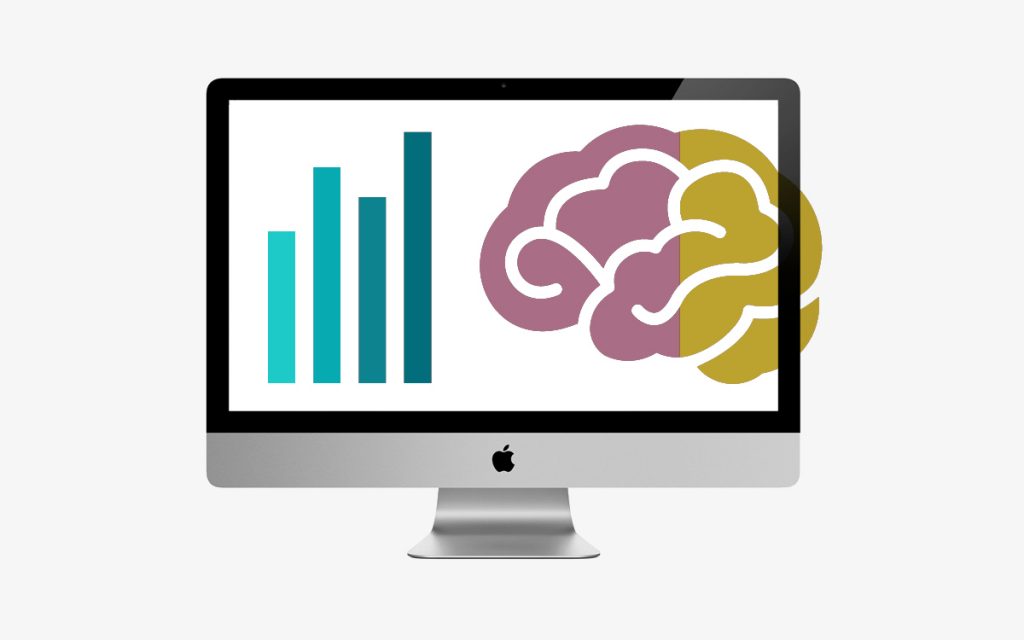What was once thought to be a flash in the plan is now transforming businesses across the globe. If there’s anything we’ve learned this year it’s that generative AI is here to stay—and it’s here to change everything about how we live and work.
According to an IBM report, 35% of businesses worldwide are already using AI—and within the next 10 to 20 years, virtually every business and government agency will, too. Many companies are already tapping AI in new and exciting ways, from customer service chatbots to copywriting and even diagnosing medical conditions. At the same time, AI has brought ethical questions around copyright, employment and bias to the forefront. Today’s business leaders must understand how to harness the potential of AI, and learn to address the challenges it presents.
Most critically, companies need to prepare their workforces for a new world of work, where employees will collaborate closely with AI on a daily basis. As organizations race to adopt AI and gain a competitive edge, talent with AI skills are in high demand. According to some reports, they are landing salaries of $900k. Competing in this landscape can feel like it’s impossible. We’ve got you covered with strategies that will position your workforce for an AI-powered future.
5 ways to Position Your Workforce for the Era of AI

- Before you buy AI tools, have a strategy.
Before jumping on the bandwagon and investing in an AI tool or launching flashy AI-powered experiences for your customers, you should establish a clear vision for how AI can support your organization’s mission. It’s important that your employees understand how AI fits into your broader strategy if you want them to use it. Part of that vision must include a robust governance framework that outlines how you will use AI transparently, ethically and responsibly. This should also include a policy that instructs employees how they can and can’t use AI at work.
A communications strategy will also be imperative. A third of workers report being worried that their jobs will be replaced by technology. Make sure you clearly communicate how your organization’s adoption of AI will impact certain roles, and the steps you will take to do right by your employees. Position the shift to AI as an opportunity to uplevel their work and be more efficient, vs. fully replace them.
- Align on key focus areas for AI to tackle first.
There are some kinds of work where AI excels. There are other kinds of work that are better suited for humans. Finding the sweet spot where you have AI performing its best work, and humans performing their best work, should be your end goal. While AI is increasingly taking on more complex, nuanced tasks, it continues to be most productive when applied to repetitive work.
As you start to think about where to deploy AI first, look at your organization’s structure and start to identify roles that perform large quantities of repetitive work. Are there job functions that require little creativity or problem solving? Are there roles that are particularly tedious and time consuming, but don’t drive revenue for your company? These are great examples of jobs where you can explore integrating AI to free employees’ time up for more valuable, strategic work.
- Start reskilling roles that have potential for AI automation to retain employees.
After you start to identify those roles ripe for AI-driven automation across your organization, the next step is to assess how you can reskill employees currently in those roles. It’s likely you have talent gaps in other areas across your company, so how can you train these employees to take on new tasks and projects that can fill them?
Employees are more likely to leave a company when they are stagnant in their role. So offering those who were previously doing more tedious work the chance to learn new skills may be a welcome change. You can start by understanding their professional goals and areas of interest, and then matching those to existing talent gaps across your teams. You may be surprised to identify high-potential employees among this group who are eager to grow a more technical skill set, like coding, and take on new challenges. For example, there might be someone who works in accounting and is comfortable working in Excel. Could they become a data scientist? Stranger things have happened.
- Build a more data-driven culture by upskilling your existing talent on data and AI.
A data-driven culture is a key marker of AI readiness. When managers at your company make a decision, do they rely on their gut, or do they turn to data? Data is the foundation of a successful AI program, so if you don’t have a strong data-driven culture today, it’s critical that you make that transformation. This won’t be possible without the right employee skill sets. You’ll need engineers who can create a robust data infrastructure, and establish governance protocols that ensure your data is clean, high quality and in a format that non-technical employees can easily use. You’ll also need data analysts and data scientists who can build dashboards and data-driven tools for your workforce to rely on. If data isn’t easily accessible, or insights seem outdated or hard to explain, employees will quickly turn elsewhere for guidance.
Any issues with our data will compound as you adopt AI. AI models are trained on existing datasets, so it’s critical that you get your company’s data in AI-ready shape, stat. You will likely need to upskill your existing technical talent so they can gain more advanced skills relevant to AI, like data analytics and data science. This is another change your workforce will likely welcome. A recent study found that 69% of software engineers were attracted to the career by the opportunity to do challenging work and pursue continuous learning. It’s equally important that your non-technical talent also understands how to access, use and analyze data once it’s in usable shape.
As your organization’s use of AI matures, you will need to attract and retain talent with advanced AI skills. Now is the time to start upskilling your data and engineering teams with AI skills, so that when the time comes, you have a solid AI-ready workforce.
- Bring in partners to fill crucial technical roles now, while continuing to build for the future.
So you have a strategy for implementing AI in your organization. You’ve identified key areas of focus for AI, and begun reskilling and upskilling your employees. But you urgently need to train and hire more technical talent, now, to achieve your new priorities. You’re not alone – 91% of leaders who hire tech talent are concerned about hitting speed-to-hire goals for the year. This is where a partner can step in and help you fill immediate gaps within your workforce.
Most companies source tech talent from the same pool of candidates, meaning those candidates can demand incredibly high salaries. For most companies, there’s no point in competing in that pool. That’s where nontraditional talent comes in. At General Assembly, we help companies find and train the candidates they need. From apprenticeship programs and recruit-train-deploy tactics that create a pipeline of diverse entry-level candidates who are trained on the job, to evolving your hiring practices to focus more on skills vs. education, a partner like us can help you build it.
The AI-powered future is here. Are you ready?
AI will transform the future of how we work by accelerating productivity and freeing people from tedious, repetitive tasks. Companies who adopt a clear vision for its implementation and prioritize workforce learning and development will be well-positioned to gain a competitive edge.
The future is now. Contact us today to unlock the full potential of AI for your organization.
